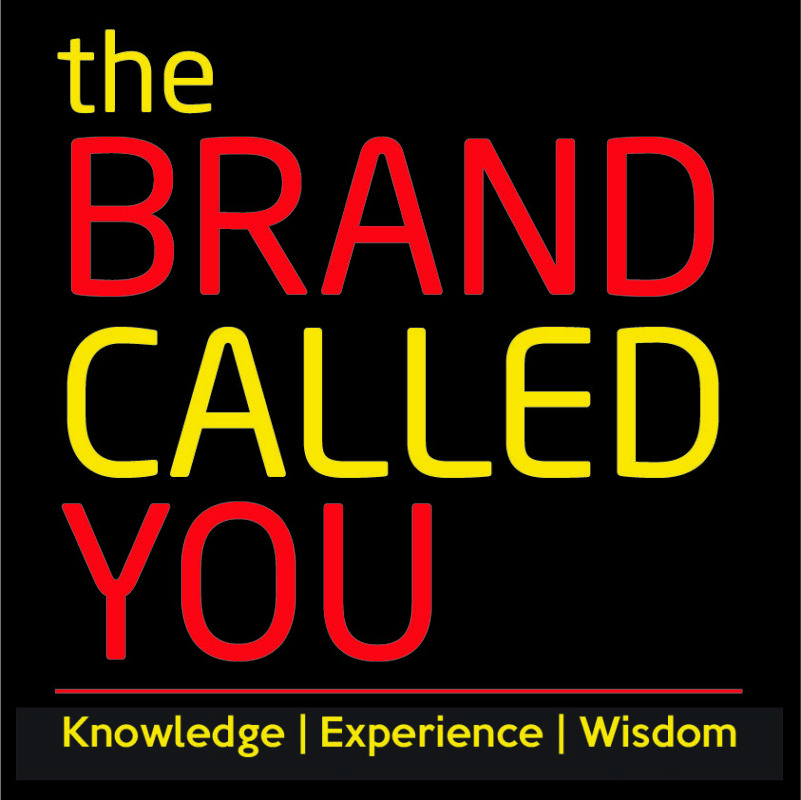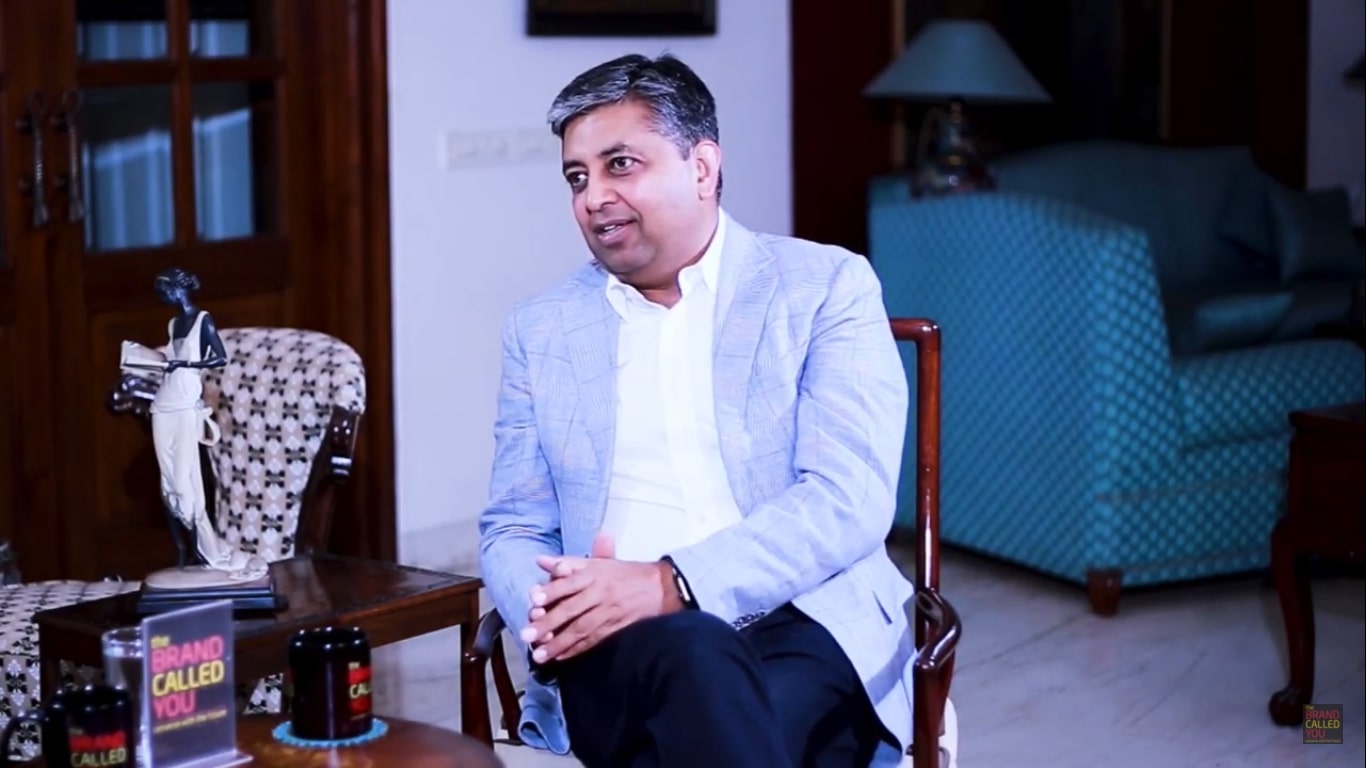Podcast: Play in new window | Download
Follow TBCY RSS
Naveen Munjal is the Managing Director of Hero Electric Vehicles Pvt. Ltd., a part of The Hero Eco Group. He is largely responsible for shaping the Indian electric two-wheeler industry. He has built the Hero brand into the market leader for the Electric vehicle (EV) two-wheeler market in India. He also launched A2B, a premium brand of electric bicycles globally. He was instrumental in founding the SMEV (Society of Manufacturers of Electric Vehicles), the only representative body of the Indian Electric Vehicle Industry in India, which pushes the Government to make EV adoption a key agenda in its policy creation. He is currently on the board of YPO (Young Presidents’ Organization) and routinely speaks at various global forums.
He has passionately held on to the idea that the automotive industry must shift towards EV and has not given up on it despite failing multiple times. Naveen talks to us about EVs, the market for electric two-wheelers and the challenges faced.
India as a market for electric two-wheelers
“Two-wheelers in India is a low-hanging fruit. India is a very different market vs any other part of the world.”
Naveen points out that electric mobility happens due to different reasons in different countries. In some countries Government diktats make it compulsory to reduce oil dependency or pollution or a combination of both. In China, it is almost impossible to buy an ICE vehicle. In various western countries, the move is happening due to health reasons.
“In Europe and further west, people are choosing bicycles over cars and electric bicycles over conventional bicycles due to the aging population. They want the exercise but not the strain on their knees. In most cases, the EV is more expensive than the ICE. India is a unique country where they want the EV to be less expensive than the ICE to make the shift in technology.”
Although electric two-wheelers provide much larger ease of use, with no trips to fuel or service them, the high price of batteries remains a challenge. There are estimates that by 2023-25, the performance-price parity will rival ICE and then the market should explode.
“India is a 22-million two-wheeler market, which can easily convert to electric with the right infrastructure and ecosystem. Look at what happened to the E-rickshaw space.”
On challenges due to policies
“When you look at any new disruptive technology that comes in, there is always resistance from conventional players. There is an existing infrastructure and ecosystem, how do you change that?” Naveen says it’s also a chicken and egg situation. New technologies are more expensive to begin with and will only be adopted when the price is lower. But adoption will not happen if they are more expensive.
In terms of policies, Naveen thinks that there is no clear direction. There need to be restrictions on certain aspects or engines but even when they are imposed, they may be lifted suddenly or changed midway. “We continue to operate because we believe that this is the future. But a lot of players leave or do not enter the market because of non-existent policies.”
On the disposal of batteries
“Disposal is not such a big issue for lithium ion batteries. It is a big issue for lead acid batteries. Electric doesn’t even consume 0.1% in India in the lead acid space. I’ve faced this question many times from Government officials. And I ask them what about all the cars, scooters, buses, trucks etc which come back with flooded batteries? We have a record of every battery we’ve sold and that has come back in for recycling or replacement. We send all of them to an official recycler.”
Hero Electric has moved to lithium ion batteries in the last few years. Lithium ion is still new in India and there aren’t enough recycling plants. Lithium batteries last longer and after they finish their utility in the automotive segment, they are used in the stationery industry. “It’s not as bad as it’s made out to be.”
On charging infrastructure
Naveen thinks that India definitely does not have enough charging infrastructure. However, he argues that one cannot look at the entire electric industry as a whole. There are different segments like public vehicles, cars and two-wheelers, which have very different requirements. Naveen, along with one of his dealers, conducted an experiment in East India. They realized that more than the lack of charging stations, it was the apprehension of running out of charge that was hindering sales. Despite having upto 60-70 km worth of charge at a time, riders were anxious of charging infrastructure.
The dealer created a nexus of small charging stations with local corner shops, paan wales etc and convinced them to put up a ‘Hero Electric Charging’ board there. He then informed customers of 300 such charging stations across the city. The dealer’s sales went up 3 times. However, notably, no one used the infrastructure.
“Nobody really needs more than 70-80 km. They just needed the assurance and peace of mind, and we gave them that.”


